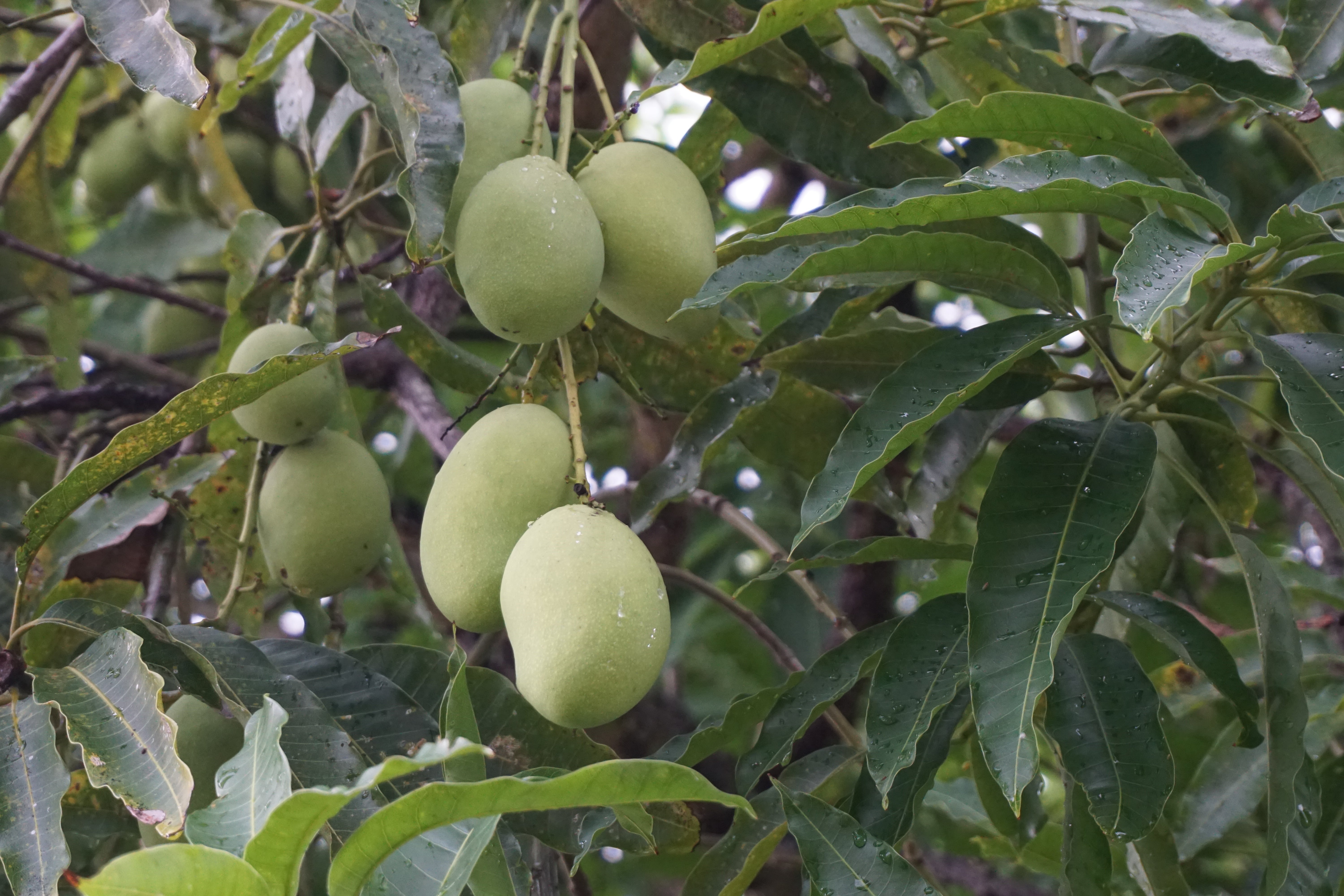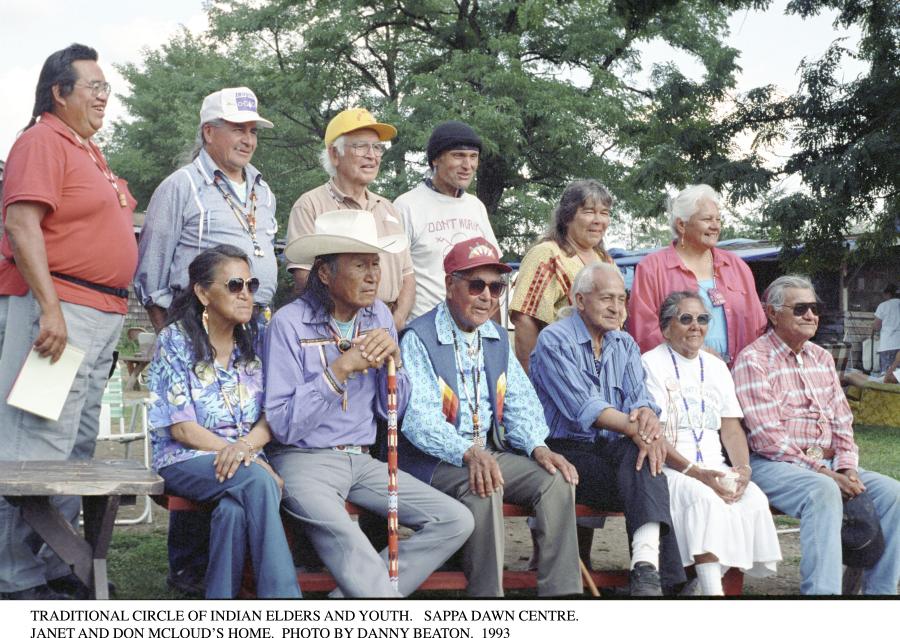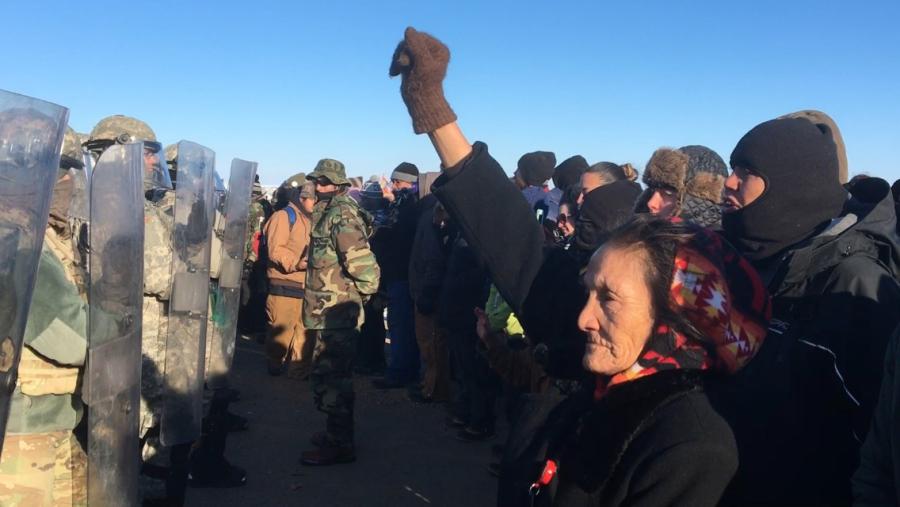
From my apartment door, I see a blue sky hovering over the tin roof of the neighboring house. I see the blended tops of coconut trees standing so close, their palms so intertwined, that it’s hard to tell where one ends and the next begins. I see lined telephone poles and a busy road down to my right, the bus stop and grocery store across the street, and wild chickens running around below. They almost always seem to be in a hurry, but I never know where they’re going.
In my left ear, I hear ocean water crashing against the old concrete boat launch. A stretch of land just 50 meters long separates the end of my building from the Pacific Ocean. In that space, there is a gravel parking lot that fits two cars—three, tops—and then an area of grass and coconut trees. There are dozens of holes in the ground, all made by pång’lao (land crabs); I read that they burrow into the ground when they are molting or to escape stress caused by their environment. There is a mango tree to the right and a concrete platform to the left. The platform holds a large canopy tent and underneath that are some chairs, tables, and a barbeque grill. I am lucky to live so close to the ocean. Housing is not affordable on Guåhan, especially oceanside. My building, though, is owned by a local family, and, thankfully, they don’t raise our rent to match the market.
In my right ear, I hear cars and semi-trucks speeding down Marine Corps Drive, the main (and only) road that spans the whole length of the island. Huge trucks drive by, coming and going from the port, carrying who knows what, heading to who knows where. School buses, tour buses, and delivery trucks frequent the area because of the nearby middle school, the fact that this road leads to the Navy Base, and the gas station and grocery stores across the street. Motorcycles rev their engines as they roll by. Horns beep, tires screech, and *boom* a collision. Just the other week, a Mitsubishi Pajero Mini hit the telephone pole at the entrance of the apartment property. It happened in the early hours of the morning, and by the time I woke up, the entrance was blocked by an ambulance and a line of police cars. The Pajero hasn’t been touched since. I can see it from the second-floor walkway. It’s still here, remnants of a tragic story.

Mango tree in the backyard of Shaylin.
I live in a village called Piti on an island called Guåhan (popularly, Guam). Guåhan is part of an archipelago of islands called the Mariånas, and her people are called CHamoru. In our language, Guåhan means “we have.” The CHamorus that settled the island named her that because she had everything needed to support life and growth. An exceptional lens aquifer filled with fresh water, a surrounding reef that protected the island from powerful ocean waves, materials to build homes, and arable land. She is defined by her abundance. Today, three major systems threaten Guåhan’s natural abundance. First, colonization: Guåhan is a U.S. territory without the right to self-determination. Second, militarization: since 1898, the U.S. has governed the island with intentions to expand war and destruction. And last, but certainly not least: climate change. The deeply interconnected cultures and ecosystems of the Pacific are especially vulnerable to climatic and environmental shifts.
Historically, the people of Guåhan have been subject to many atrocities. Forced colonization in 1668 resulted in the death of majority of the residing CHamoru people. The political division between Guåhan and the rest of the Mariånas islands separated families as well as traditions. Then there was the aggressive and destructive militarization, theft of local and sacred land, and government-sanctioned disregard for the environment. Still, we fight for our right to a healthy and thriving homeland.
Last month, I was standing outside the Guam Environmental Protection Agency building chanting and holding up the flag of Guåhan. I was there because Prutehi Litekyan: Save Ritidian, a local grassroots group, organized a protest and presentation of testimonies at the EPA board meeting. The U.S. Air Force recently applied to renew their permit for continuing waste removal through open burn/open detonation (OBOD) on the northern beaches of the island. OBOD is devastating to the air, land, and ocean, so of course we don’t want it. We were there urging the EPA to deny this permit. There were about 25 of us, chanting words of peace and justice, holding up flags, banners, and signs. All hopelessly in love with this island and its people.
Prutehi Litekyan: Save Ritidian is a prominent community action group on Guåhan. They advocate for demilitarization while bringing awareness to the ways that the U.S. Air Force impacts the northern region of the island. Other groups such as Protect Guam Water, Micronesia Climate Change Alliance, Hita Litekyan, Guahånom, Blue Ocean Law, and more, join them in the fight for a more harmonious and healthy future. Together we are stronger. But, the fight is far from over. Deeply ingrained colonialism often blocks us from gaining real traction.
Recently I interviewed Raphael Unpingco, the President of Sagan Kotturan CHamoru, or the CHamoru Cultural Center. The center was opened in 2006 by a handful of local artists and cultural practitioners and is managed by a non-profit organization. It serves as a place to experience, learn, and practice CHamoru arts and culture. He and I discussed the importance of cultural legacy and how to preserve local culture in times of extreme climate and social change. In our conversation, he brought up the two native coconut tree varieties, Lakuguak and Kañuhon. He said that before the Department of Agriculture’s restrictions on the movement of live products to and from the island, people were bringing in all sorts of seeds and plants, including different coconut tree varieties. But over the decades, as the climate has shifted and we have suffered an infestation of the invasive rhinoceros beetle, many of the introduced varieties have succumbed to disease. It is only our native coconut trees that have proven to be resilient.
The Indigenous people of Guåhan are like Lakuguak and Kañuhon. In the face of political and climate change, we, too, are resilient. Like our native trees, we are the ones that know our island the best. We know our place in the island ecosystem, and we know how to survive through its ebbs and flows. Our island isn’t just a mass of land strategically located in the Pacific. It is our home, our source of life, and the heart of our culture. We are doing what we can to protect it and hope that it is enough. But whatever the outcome may be, we will adapt as we have done for centuries. And we will prevail because it is in our name; Guåhan. We have everything that we need.
-- Shaylin Salas (CHamoru) is a Cultural Survival Youth Fellow.
Top photo, Piti, Guåhan, by Shaylin Salas.



